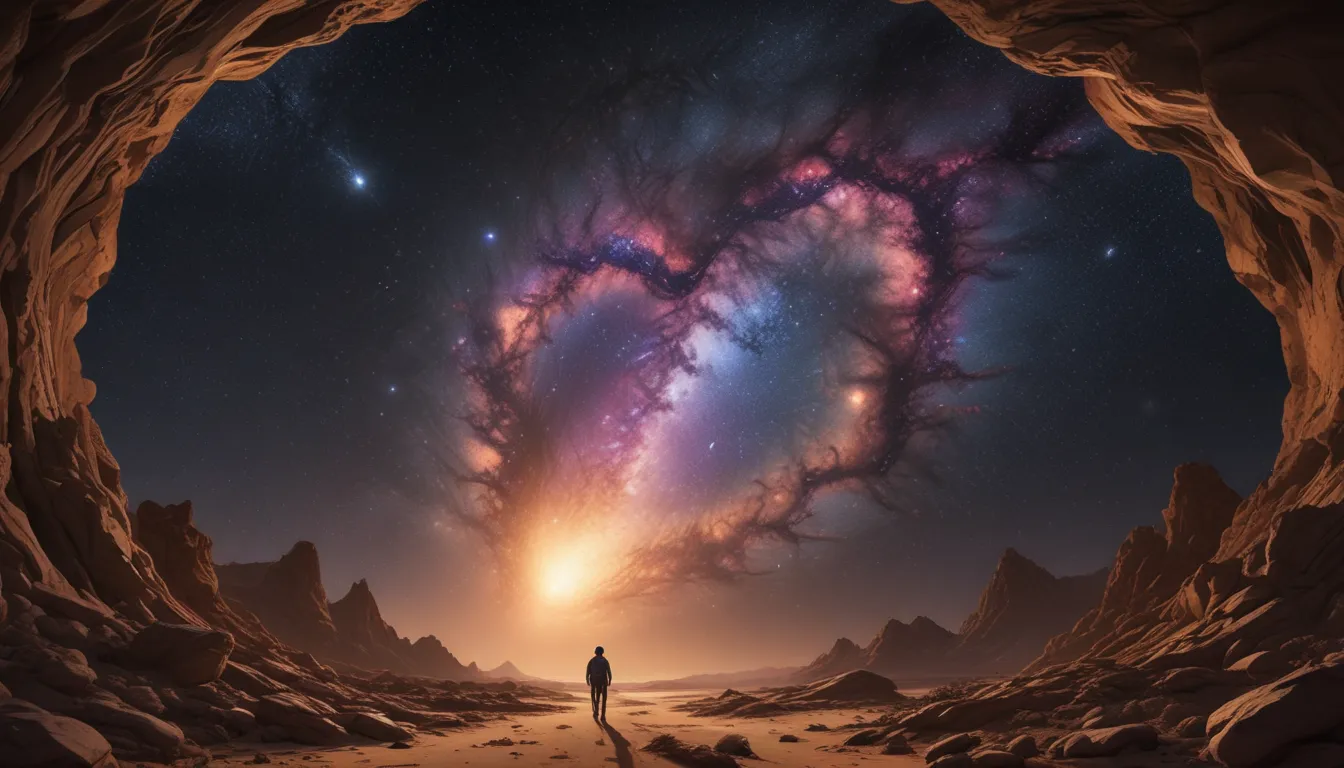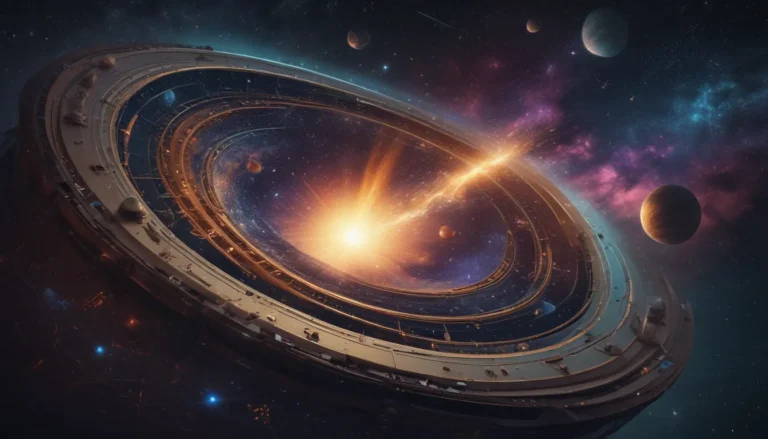The pictures we use in our articles might not show exactly what the words say. We choose these pictures to make you interested in reading more. The pictures work together with the words but don’t take their place. The words still tell you the important facts.
Are you ready to embark on an exhilarating adventure through the bustling heart of our Milky Way galaxy? The Galactic Bulge, also known as the Galactic Center, is a mesmerizing region brimming with celestial wonders waiting to be uncovered. From supermassive black holes to billions of stars densely packed together, the Galactic Bulge is a treasure trove of astronomical marvels that will leave you in awe of the sheer magnificence of our universe. In this article, we will delve into the depths of the Galactic Bulge and unveil eight astounding facts that will ignite your curiosity and spark your imagination. So, fasten your seatbelt and get ready to explore the cosmic city full of action and mystery right at the core of our galaxy!
A Stellar Metropolis: The Galactic Bulge Unveiled
At the very heart of our Milky Way galaxy lies the Galactic Bulge, a dense concentration of stars and celestial objects that is home to millions of stars tightly packed within a relatively small region. This bustling hub of stellar activity is estimated to contain around 10 billion stars, making it one of the most densely populated areas in our galaxy. Among these stars lies a supermassive black hole known as Sagittarius A*, with a mass equivalent to approximately four million times that of our sun. The Galactic Bulge is not only a vibrant playground of celestial bodies but also a dynamic and complex region that plays a crucial role in the formation and evolution of galaxies.
Unveiling the Secrets of the Ancient Galactic Bulge
As we peer into the depths of the Galactic Bulge, we discover that this ancient region holds the key to understanding the origins of our Milky Way. The stars within the Galactic Bulge are some of the oldest in our galaxy, with ages ranging from 10 to 13 billion years. This makes the Galactic Bulge one of the oldest regions in the Milky Way, providing us with a glimpse into the early stages of galactic evolution. The intricate dynamics and complex processes within the Galactic Bulge, such as stellar collisions and interactions, offer valuable insights into the formation and evolution of galaxies across the universe.
A Cosmic Laboratory: Studying the Galactic Bulge
The Galactic Bulge serves as a cosmic laboratory for astronomers and researchers, offering a unique opportunity to study the fundamental processes that shape galaxies. With its intense radiation emissions, including X-rays and gamma-rays, the Galactic Bulge provides astronomers with a wealth of data to analyze using advanced telescopes and instruments. Gravitational waves, generated by extreme astronomical events within the Galactic Bulge, offer further insights into the nature of the universe. By detecting and analyzing these gravitational waves, scientists can unravel the mysteries of the cosmos and expand our understanding of the universe.
Unraveling the Enigmatic Galactic Bulge
As we journey deeper into the heart of our galaxy, the mysteries of the Galactic Bulge continue to captivate our imagination. Exploring the galactic bulge morphology reveals intricate patterns of stars and structures that intertwine in captivating displays of cosmic artistry. Understanding the formation of the Galactic Bulge sheds light on the complex processes that shape the heart of our Milky Way, while investigating the mesmerizing realm of galactic bars adds an extra dimension of intrigue to this already fascinating region. The Galactic Bulge is a dynamic and ever-evolving part of the universe that offers a glimpse into the awe-inspiring nature of our cosmos.
FAQs: Navigating the Galactic Bulge
Q: What is the Galactic Bulge?
A: The Galactic Bulge is a dense, spherical region at the center of our Milky Way galaxy, housing billions of stars and various celestial objects.
Q: How old is the Galactic Bulge?
A: The Galactic Bulge is estimated to be around 11 to 13 billion years old, making it one of the oldest features in the Milky Way.
Q: Are there planets in the Galactic Bulge?
A: Yes, scientists have discovered thousands of exoplanets within the Galactic Bulge, some of which may have conditions suitable for life.
Q: Can we send spacecraft to explore the Galactic Bulge?
A: Due to its immense distance from Earth, sending spacecraft to directly explore the Galactic Bulge is currently not technologically feasible.
Q: How do astronomers study the Galactic Bulge?
A: Astronomers study the Galactic Bulge using advanced telescopes, observatories, and data captured by space probes and satellites.
Trust in Our Commitment to Quality and Authenticity
Our dedication to delivering accurate and engaging content is the cornerstone of our mission. Each fact presented here is contributed by real users like you, ensuring a diverse range of insights and information. To maintain the highest standards of reliability and credibility, our team of editors rigorously reviews each submission. This meticulous process guarantees that the facts we share are not only intriguing but also trustworthy. Explore and learn with us, knowing that our commitment to quality and authenticity is unwavering.
Embrace the wonders of the Galactic Bulge and let your curiosity soar as you uncover the secrets of our universe's central region. Dive into the celestial metropolis teeming with stars and mysteries, and witness the beauty and complexity of the heart of our Milky Way. As we continue to explore the vast expanse of space, the Galactic Bulge will stand as a beacon of discovery, driving our passion for knowledge and expanding our horizons beyond the confines of our world.






